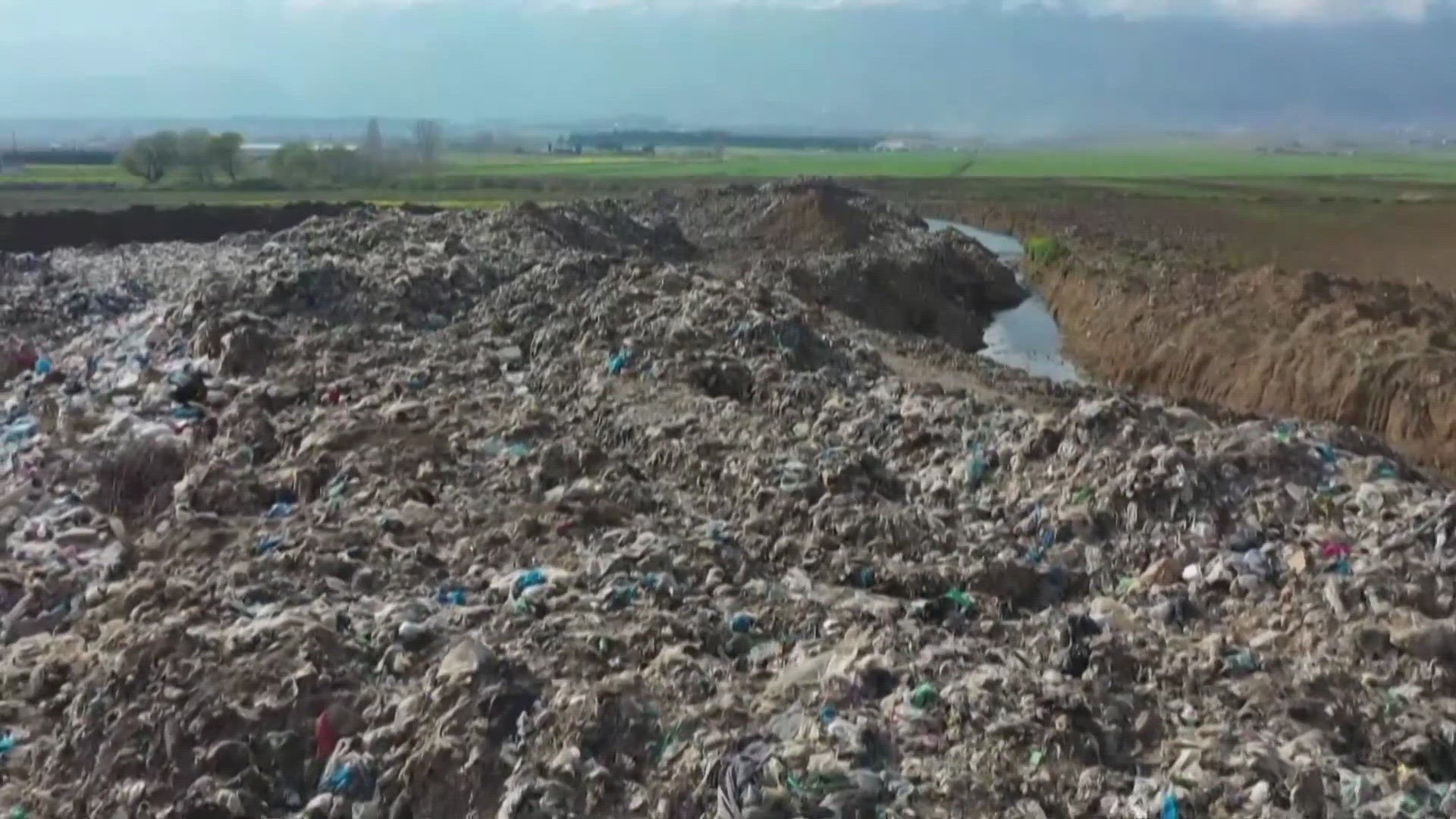WASHINGTON — As the holiday season gets into full swing, a common question comes up: Should you get a real or artificial Christmas tree? According to experts, there are environmental benefits and drawbacks to both options.
Real Christmas trees are nature's carbon absorbers. The National Christmas Tree Association said 25 to 30 million trees are sold in the U.S. each year. For every tree harvested, three more are planted in the spring, association officials said. When turned into mulch or compost during recycling, a real Christmas tree can be a zero waste option for the holidays.
However, if real Christmas trees end up in the landfill, they release methane as they decompose. Methane is a potent greenhouse gas. Transport emissions from shipping trees over long distances can also add to their carbon footprint.
On the other hand, artificial trees, made from PVC (plastic) and metal, are built to last for years, but their production and transportation come with at a high environmental cost. According to the Carbon Trust, artificial trees have a large carbon footprint due to energy intensive manufacturing processes. To offset this, a person would have to hold on to their artificial tree for at least 10 years.
If you are ready to replace your artificial tree, consider donating it to a local charity or secondhand store. Some recycling programs may also accept the metal components, helping to reduce waste sent to landfills.
So what's the verdict? The choice between a real or fake Christmas tree depends on how you use it and dispose of it. If you keep your artificial tree for more than 10 years, it may be an environmentally conscious option. However, for most people the Carbon Trust recommends a real tree, especially if it's sourced locally and recycled after use.
Most counties offer to recycle Christmas trees, often with curbside pick up options. These dates are usually announced at the start of the new year.

